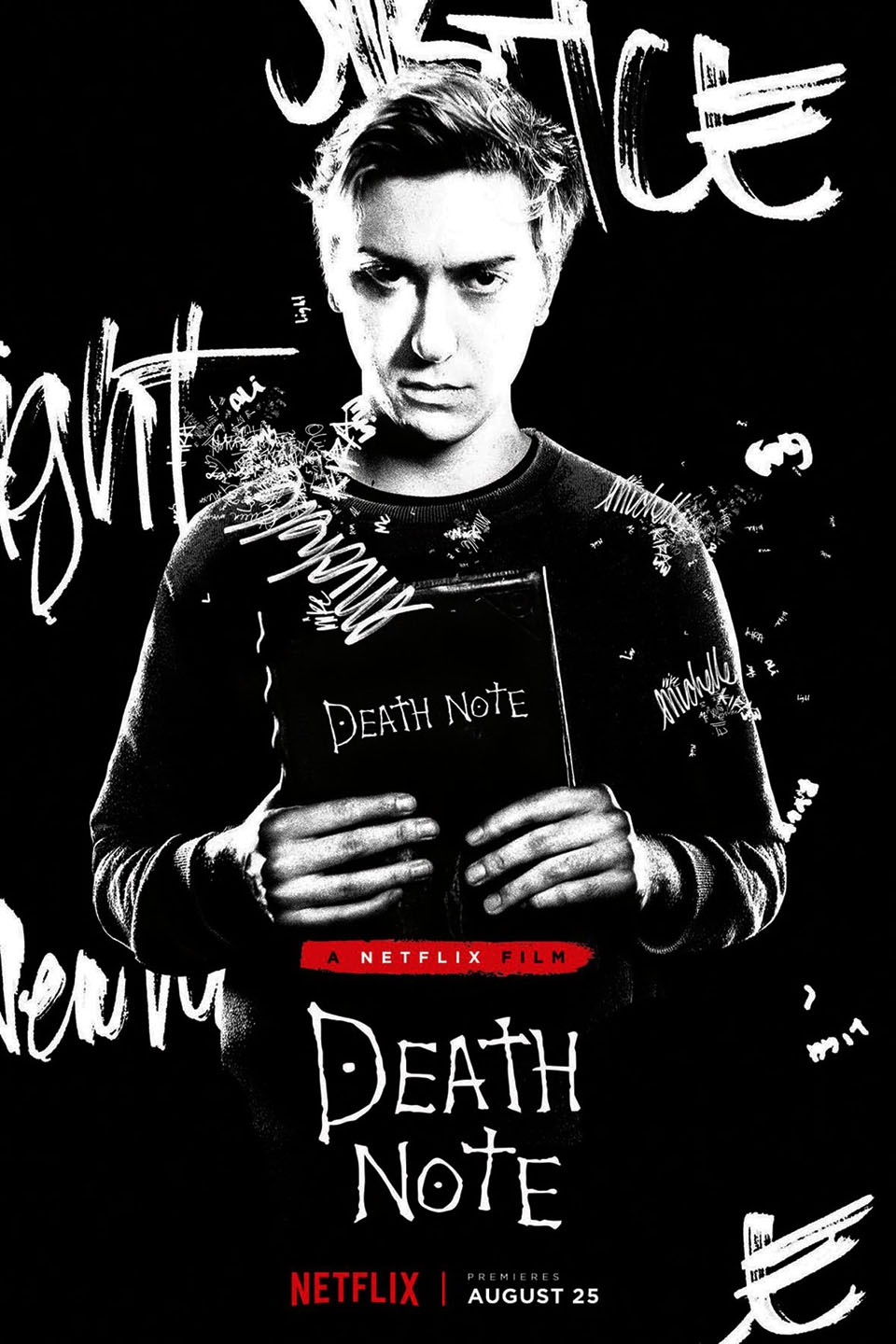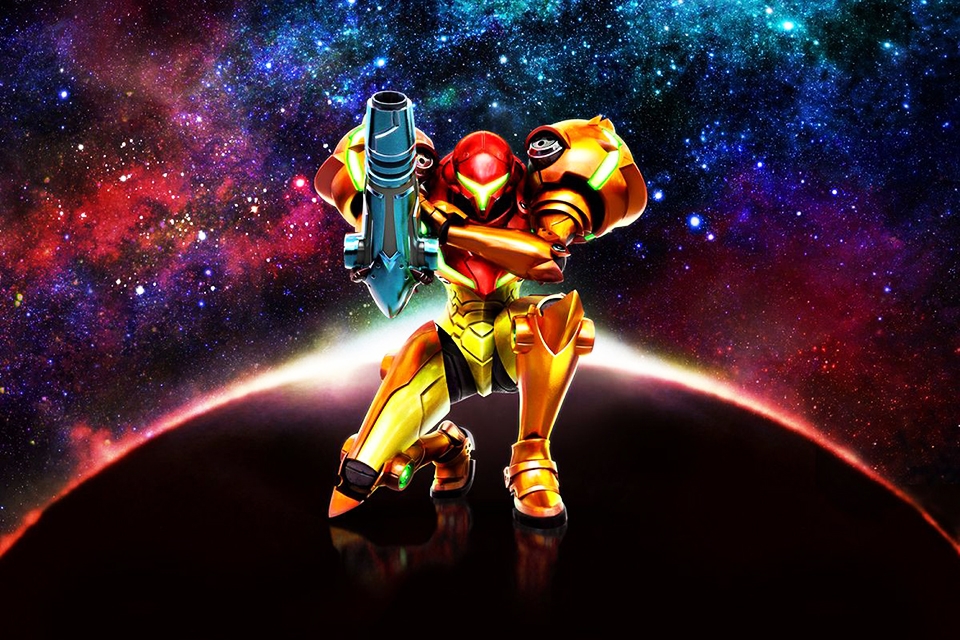Timothy Rush | Staff Writer
05/02/19
Second seasons can be hits or misses. It is hard to capture the same magic that made the first season great or continue the same story arcs efficiently. In turn, a new season grants a new opportunity to right the wrongs of the previous one. Overall, season 2 of She-Ra and the Princesses of Power is a mixed bag of positive and negative, depending on what you’re looking for.
Season 2 takes place immediately after the first season, with Adora (Aimee Carrero) as the titular She-Ra and her Princess Alliance continuing the fight with the evil Horde. Strengthened by the bonds they formed in season 1, the princesses discover new things about themselves and each other. The development is not one-sided though, we see new sides of characters previously left untouched in the previous season.
The primary focus of this season is indeed on characterization. Abandoning the overarching plot of season 1, season 2 instead focuses on building the plethora of characters in the series. A primary criticism of She-Ra is that many of the characters were lost in the show. There were so many with so few episodes. This time, it rights this by instead having a season of filler episodes, ones that don’t have that much great significance to the overarching plot but do serve the necessary purpose of characterization.
Indeed, many characters that were largely ignored in development are better represented here. Characters like the evil sorceress Shadow-Weaver (Lorraine Toussaint) and Frosta (Merit Leighton) are much more fleshed out now, with the audience now receiving much better background and a deeper look into what makes them who they are. A whole episode is dedicated to looking into Shadow-Weaver’s past and what made her into who she is today, as opposed to just leaving her as that enigmatic phantom villain that she was previously. There is also an episode that explores each princess’s personality on a deeper level, through the comedic use of a Dungeons-and-Dragons-like planning stage to attack a horde base.
But just as this helps strengthen characterization, it also weakensthe plot a bit. There is such a detraction from the main story of the show to focus on characters that the season feels less like an actual continuation and more as a spin-off or mini-arc in an already existing season. This is more than likely donebecause more seasons are already slated to be released in the future, so the showrunners have that flexibility to have a season of filler episodes to address that severe problem of characterization. The main plot basically exists in the background with very little development beyond learning some things the audience didn’t know before. The only real progression is in the realm of Entraptra (Christine Woods), a princess with a passion for science and machines, and Hordak (Keston John), mysterious ruler of the Horde, in their pursuit to unlock mysterious technologies.
A major part of She-Ra is the diversity amongst the cast of characters. The show continues to flesh out the very loving feelings that Horde soldier Scorpia (Lauren Ash) has for antagonist Catra (AJ Michalka), who in turn has obvious feelings for Adora. Ally of the Princess Alliance and archer Bow (Marcus Scribner) is revealed to have two dads with a strong affinity for intellectual pursuits and hatred for violence. The show continues its support for diversity and wide backgrounds of characters well into the second season.
In themes, this season does shine alongside its characterization. Themes of loneliness and abandonment are further explored, but it also introduces ideas of inferiority, ambition and striving to be more than what we are. Themes that will connect with audiences in very powerful ways. Shadow-Weaver becomes the epitome of these themes. In her character one sees the dark side of trying to become something, to advance one’s self from nothing for the pure sake of getting power. It is one that is easy to sympathize with, because everyone desperately wants to be more than what they are. Catra follows the same road with the same themes as Shadow-Weaver, and Adora is seemingly following the same route by trying to become a She-Ra that is the best She-Ra. Something that might seem laughable, but as is shown can have a both powerful and uplifting effect, but also terrible ones.
Animation-wise, the show continues to make good use of its artistic direction and even employs it in very creative ways. Episode 4, titled Roll With It, makes incredible use of the animation to show off just how much can be done with it in several different ways. The visuals continue to amaze and will surprise audiences in just how amazing it can get. It is very evident that the animators behind She-Ra are exceptionally passionate about what they’re doing.
One issue that probably will pop again in the future seasons is the season length. A problem with many of Dreamworks’ Netflix shows is that the season length is often not big enough to match the same scale they want to have. This season is 7 episodes, with roughly 24-minute episodes counting the opening and ending credits. For a show that has so many characters and such a wide plot, it cannot be done in such a small season. This criticism exists across many of Dreamworks’ shows, such as Voltron: Legendary Defender and Castlevania. She-Ra and the Princesses of Power either has to better contain itself to its plot, or it needs more screen-time to expand the universe it is building. As it is going, and as other Dreamworks projects suggest, it’s likely not going to get that larger season.
Season 2 of She-Ra and the Princesses of Power is a filler season, but one that does deliver quality characterization and quality representation of the characters of the show. While it may not focus on the plot as much, for what is there it is a quality watch and one to have in order enjoy the show’s many characters. Themes are amazingly well done and explored. Hopefully Dreamworks will give a much better season layout for Season 3 and hopefully a nice return to the main plot of the show.




